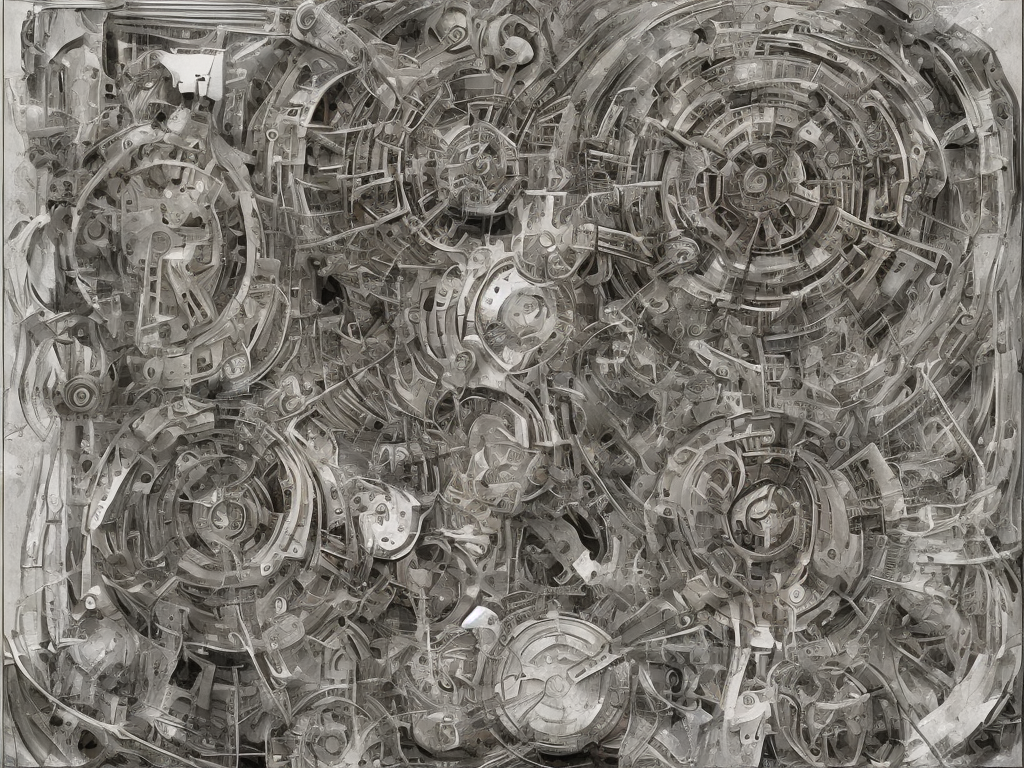
Mealy and Moore machines are two different types of finite state machines that are used to recognize patterns in input data. These two machines are named after their inventors - Edward Moore and George Mealy.
Both Mealy and Moore machines have similar components including: input, processing unit, output, and a state transition diagram. However, they differ on how they process input information and generate output based on that input.
The major difference between Mealy and Moore machines is that the output in a Mealy machine depends on both the current input and the present state, whereas in Moore machines, the output depends on only the present state. To understand these differences more thoroughly, it is important to discuss the key characteristics of each machine.
Mealy Machine
A Mealy machine is a type of finite state machine where the output is not only based on the current state but also on the input. It is named after George Mealy who invented it in 1955. The Mealy machine can be represented using a state transition diagram.
The Mealy Machine has the following characteristics:
1. The current state is determined by the current input and the previous state.
2. The output is generated based on the current state and the input.
3. The sequence of outputs depends on both the sequence of inputs and the sequence of states.
4. The Mealy machine is generally more complex than a Moore machine.
5. The Mealy machine calculates the output as soon as the input is received, which means there is no delay in output.
6. The output of a Mealy machine can change multiple times during a single state.
Moore Machine
A Moore machine is a type of finite state machine where the output depends only on the current state. It is named after Edward Moore who invented it in 1956. The Moore machine can be represented using a state transition diagram.
The Moore machine has the following characteristics:
1. The current state depends only on the previous state.
2. The output is generated based on the current state.
3. The sequence of outputs depends only on the sequence of states.
4. The Moore machine is generally simpler than a Mealy machine.
5. The output of a Moore machine is generated at the end of a state.
6. The output of a Moore machine changes only when the current state changes.
Major Differences between Mealy and Moore Machines
1. Output Generation Process:
The output in Mealy machines depends on both the current input and the present state, whereas in Moore machines, the output depends only on the present state.
2. Response Time:
The Mealy machine calculates the output as soon as the input is received, which means there is no delay in output. In contrast, the output of a Moore machine is generated at the end of a state when the current state changes.
3. Complexity:
Mealy machines are generally more complex than Moore machines due to the additional variables to consider when generating output signals.
4. Number of Possible States:
Moore machines have more possible states than Mealy machines due to the output being based solely on the current state.
Applications of Mealy and Moore Machines
Mealy and Moore machines are used in a variety of applications throughout different industries. Some of these applications include telecommunications, robotics, security systems, and transportation systems.
Mealy machines are often used in data communication protocols to maintain synchronization between two data-generating devices. They are also used in error detection and correction in data communication.
Moore machines are often used in digital circuits for generating control signals that operate on other parts of the circuit. They are also used in security systems to recognize patterns and identify risks such as intruders or theft.
Conclusion
In conclusion, Mealy and Moore machines are two types of finite state machines used to recognize patterns in input data. The main differences between the two are the output generation process, response time, complexity, and number of possible states. Mealy machines are generally more complex and versatile than Moore machines, while Moore machines are simpler and involve fewer variables to consider. Both machines have various applications in different industries, including telecommunications, robotics, security systems, and transportation systems.
 Self-Instruct
Self-Instruct